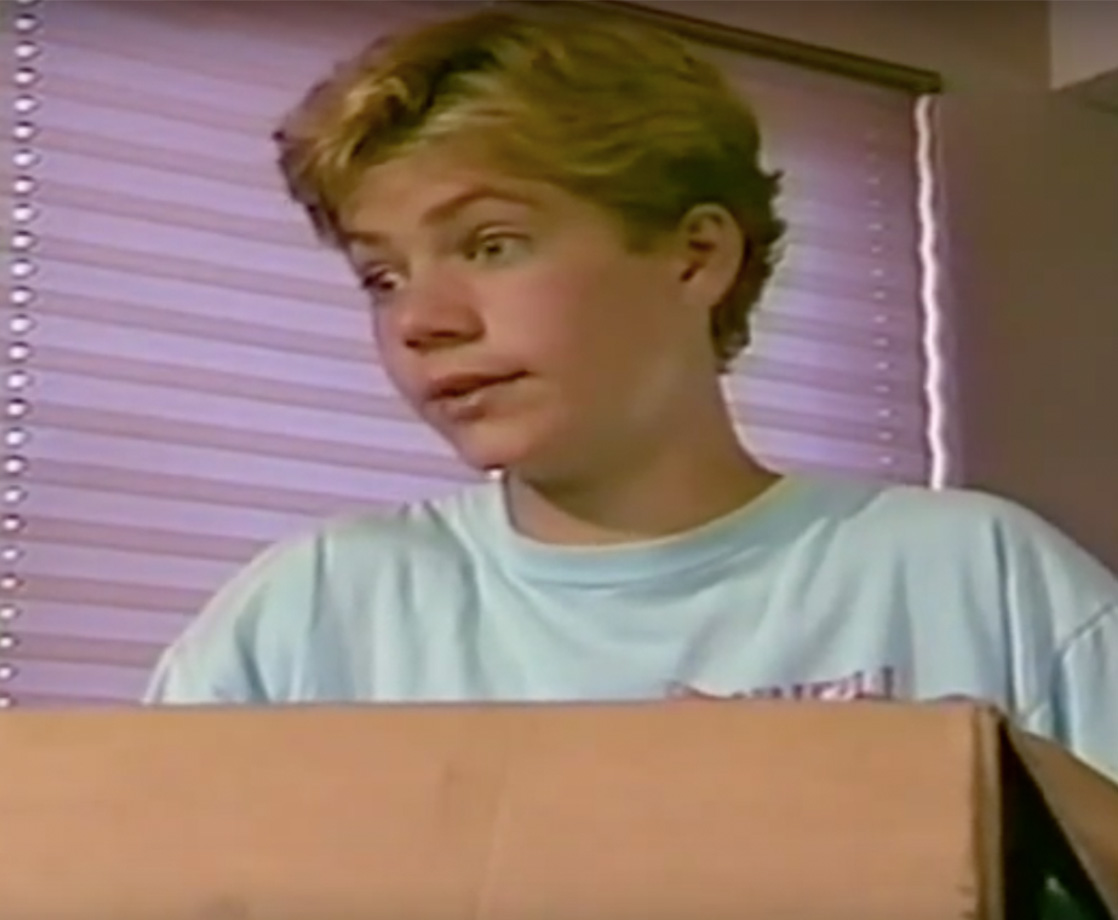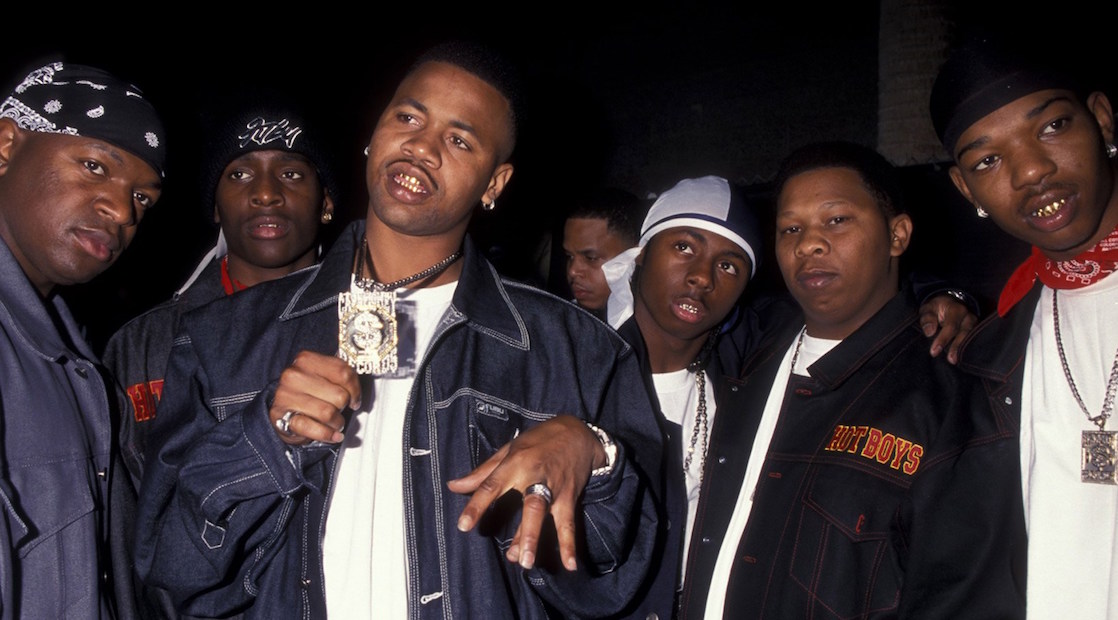The United States’s sordid history with drugs haunts the country to this day, infecting much of the deep-seeded tensions regarding race and class, not to mention the country’s historically radical generation gap. In our column, #TBT on THC, we parcel through the canon of American anti-weed propaganda of yesteryear — from “Reefer Madness” to “Just Say No” and D.A.R.E. — and analyze their content and context from the perspective of the present.
The death of Paul Walker in 2013 was an untimely tragedy for numerous reasons, chief among them that he had unfinished business. I mourned his passing with the grief of a thousand widows because I was sure that his best work was still ahead of him. But it turns out that he already delivered his most legendary performance, it just never hit the silver screen. In 1988, the actor starred in an anti-drug propaganda film called It’s OK To Say NO To Drugs, and while legally speaking, at 15 years old he shouldn’t be flooding your proverbial basement just yet, his performance may actually bring you to tears.
Walker stars as Scott, the new kid on his suburban Los Angeles block. He and his family, including his younger sister Pam, have reluctantly moved from Wisconsin. In the film’s opening scenes, they’re seen unpacking and bemoaning the cruel realities of being new kids: friendless, unfamiliar, but luckily each kid has their own bathroom. Just then, like an introvert’s nightmare, three neighbor kids come rushing in, excited to introduce themselves and take the Midwestern newbies under their wing.
From there, the five of them — Scott, Pam, and their new friends Al, Renee, and Marty — head out on the town. After a brief tour of Venice — which pretty much qualifies as foreshadowing — the kids light a joint and joyously smoke it along the pier, much to Scott and Pam’s chagrin. The mood changes rapidly: how could these kids that they literally don’t know betray them like this? Walker’s body stiffens, his playful voice dropping an octave into stilted monotone as he grabs his sister by the forearm and makes a heinous excuse for why they have to suddenly leave. They’re still wandering the pier playing games when they run into Al literally two minutes after lying about their urgent exit. But Al seems to have the recall of a goldfish and doesn’t call them out on it. (This could have been a killer segue into claims about weed’s connection to memory loss, but the film carries on….)
Walker’s childhood acting proves that he didn’t grow as an artist as much as he just got taller as a person. His line-reading remains boyish, always delivered coyly as if erupting through half a smirk, which it usually is. His acting presence would always leave a lot to be desired on the big screen, but it’s an undeniably shiver-inducing moment to see him young and lovely here.

As the film progresses, Scott and Pam are seen adapting to high school — and irritatingly quickly may I add. It took me forever to even utter a word when I was a new kid, let alone tell off Marty, the coolest kid in school, which Scott does in the bathroom when he catches him smoking in between classes. It’s there that we learn that Marty was a former forward on his school’s soccer team — that is until he started smoking, getting lazy, hanging with the wrong crowd. His initial defensiveness soon subsides in favor of silent stewing. Is his friend — who by the way is very late for class — on point? Did he throw away his chance? We see the first flicker of regret flash across Marty’s face in that over-the-shoulder way that became characteristic of everything in the 1980s.
Throughout the film, there are bizarre cuts to era-notable actors on some set, where they break the fourth wall and ruminate on the foolishness of drugs. Shannen Doherty, The Facts Of Life’s Kim Fields, and of course the one and only Arte Johnson of Laugh In fame — who delivers a shockingly poignant monologue — all make appearances. “I love making movies,” Johnson says early in the PSA. “It’s exciting, and a lot of fun. You get to meet a ton of people, and it sometimes feels like everyone is pulling me in a thousand directions at once. Being a kid is kind of like that. One kid wants you to do one thing, another kid wants you to do another.”
Even with It’s OK To Say NO’s undeniable failure as a tool to prevent kids from trying weed, this line stung, and immediately Freaky Friday-ed me with an old version of myself sitting unsure in his own skin, trying to find footing and a sense of personhood that could give then-me even the opportunity to verbalize the word “no.”
The propaganda films of this era were often in direct conflict with what the true message of the programs were. Any attempts to wipe the country clean of drugs — a laughable goal if there ever was one — were always largely punitive. Though It’s OK To Say NO largely leans into the kind of after-school special melodrama that became the de facto sensibility of the era, this quick articulation of what it’s like to be a kid was and remains strangely moving.

1988, the year this PSA came out, was significant in America’s ongoing fascination with being super unchill. President Ronald Reagan signed an intended amendment to the Anti-Drug Abuse Act of 1986, the same year he and the First Lady Nancy Reagan gave a speech addressing the country’s growing problem with drugs. The speech and the bill put particular focus on crack cocaine, adding a stipulation in the bill that made crack cocaine the only drug to carry a mandatory minimum penalty for simple possession, even for a first-time offender. Treatment was vaguely lumped together in legal language along with words like “prevention,” making any emphasis at rehabilitation only complementary to the kind of outsized action that would label the efforts as a “war.”
The administration’s emphasis on what would go on to be deemed the crack epidemic manages to rear its head in It’s OK To Say NO To Drugs in a scene where Peg is laying in bed with her mother. As her mom shakes two pills out of a bottle and places them in her daughter’s hands, Peg responds incredulously. “Mom, how do you know which pills to take? Not all pills are good, are they?” The conversation continues: “Some pills are good and some pills are bad. So what makes cocaine so bad?” This casual jumbling of drugs is a major tenor of propaganda films, placing all inebriants in conversation with each other in an attempt to neutralize any nuance. Her mom replies, “If somebody offers you pills, just say no,” echoing the iconic slogan of the era’s anti-drug campaign. “But these pills are alright,” she adds. The pills that Peg’s mom hands her aren’t identified — it’s also unclear what Peg is suffering from in the first place, the scene feels like a bit of a non-sequitur. But it’s an unintendedly telling interaction that gets at what the country’s future epidemic will look like: largely insidious and leveraged by the significantly less stigmatized pharmaceutical industry.

In the end of the PSA, sober peace is restored in Venice, of all places. Paul Walker and his Jonbenet-lite sister manage to convince Marty that drugs aren’t that cool after all, and the film ends with close ups of bike wheels as they do endless bike tricks, almost bordering on video art. But while the classic PSA scare tactics and ambiguous understanding of marijuana are undeniably present in this film, I found my mind wandering back to that scene in which Arte Johnson explains the difficulties of navigating youth, about being pulled into a million different directions. Even my cold tepidness melted a bit at this sentiment. The weird stresses of being young suddenly came rushing back to me. It’s OK To Say NO maintains an energy level of cardboard, as this genre of propaganda films tends to settle at, but it’s wise to focus more on the social throttling of adolescence as opposed to the vague siren song of drugs. Their sway isn’t mystical; it’s more about being at an age in which your impressionability is your Achilles’ Heel. With or without the mention of drugs, the sense that being a young kid is akin to the life of a constant tourist felt very real and even honest.
My little brother turned 17 a month ago, and his favorite actor growing up was Paul Walker. He loved the Fast and the Furious films; Walker’s death was a surprisingly sobering moment for a kid who wasn’t use to his idols dying all that much. He admitted to me for the first time the other week that he smoked weed with his friends. I thought of him as I watched Walker pretend to be offended by anything resembling a joint. I thought about how wild it is to be a kid, new to town or rooted like sediment. The War on Drugs wanted to protect our children, largely by leaving a portion of the country hanging out to dry. The unbearable whiteness of being in these propaganda films is hard to understate; these were messages being telegraphed to a specific class of American individuals. Walker couldn’t have been older than 15 when he filmed It’s OK To Say NO To Drugs. In a little over ten years, he would break out in a movie where he often plays the only white guy in the room. The Fast and the Furious franchise tapped into the aesthetics of hip-hop, which has never been shy in its embracing of drugs. In that film, he plays an undercover cop who gets in over his head and goes in too deep with the “wrong crowd” — a tourist who likes what he sees.
Follow Rod on Twitter











